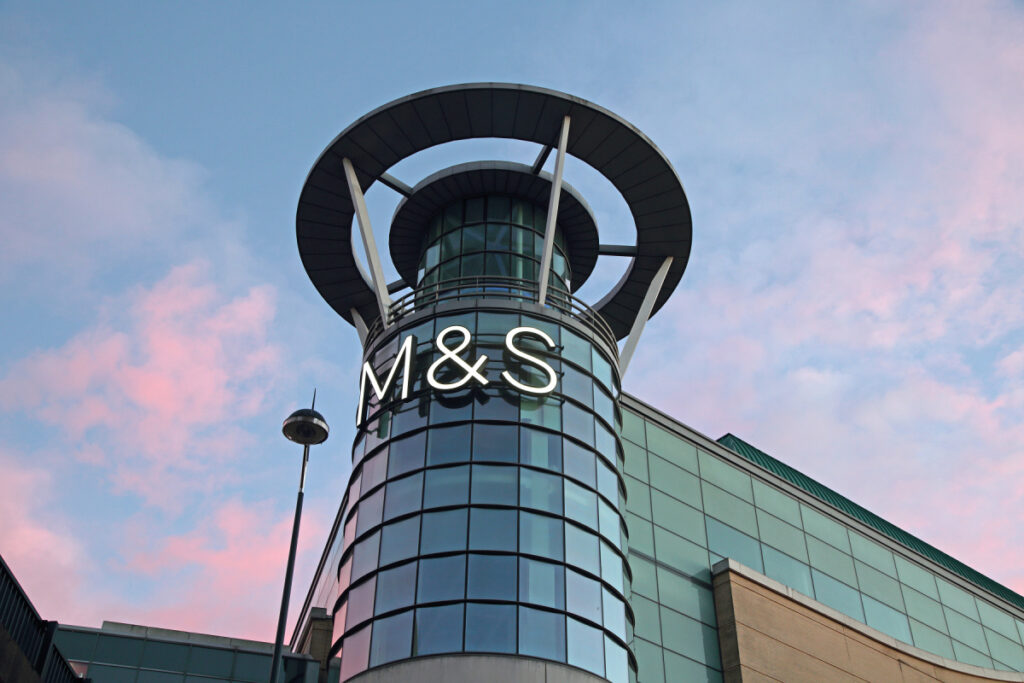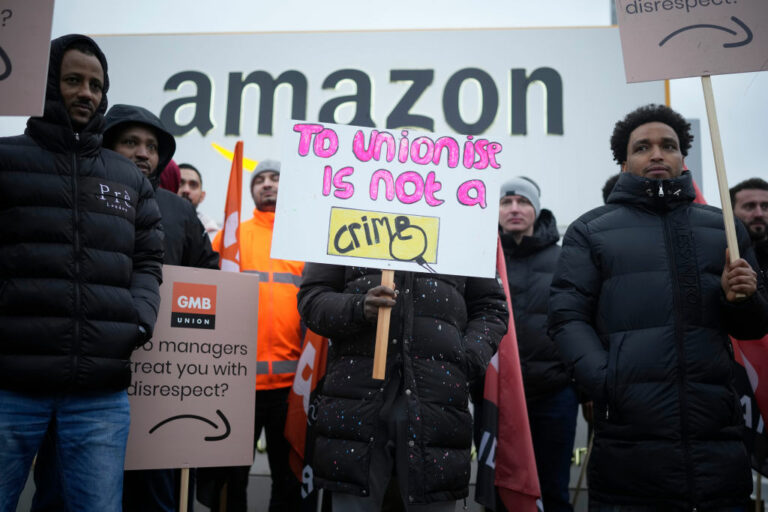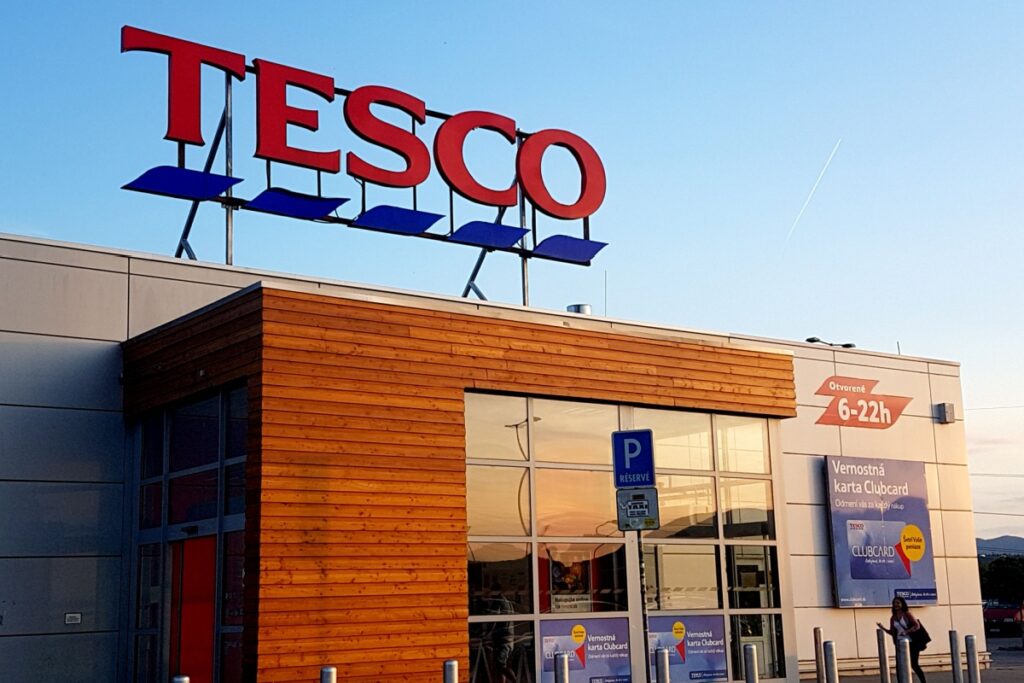Retailers operating costs have increased by a fifth since 2006 to £116 billion, research released today reveals.
According to an independent study by Oxford Economics for the British Retail Consortium (BRC), annual operating costs have risen by £20 billion while centrally-driven costs have increased at the highest rate.
Publishing the findings ahead of the Chancellor‘s Budget, the BRC called on the Government to reduce business costs to help strengthen consumer confidence.
Crucially, while the cost of doing business rocketed 21 per cent since 2006, retailers sales values have grown just 12 per cent over the same period, a rise which the BRC believes is forcing store closures and stunting job creation.
BRC Director-General Helen Dickinson highlighted retailers essential contribution to investment and economic growth and added: “Retail is a major force for good.
“It‘s the UK‘s largest private sector jobs provider and has been a powerhouse for investment and growth, even during the relentlessly tough times of the last few years.
“Consumer spending accounts for two thirds of all expenditure in the UK.
“It must recover before the economy can, yet 2013 has begun with high-profile evidence that demand is weak and a painful restructuring of the UK retail industry is underway as customers change the ways in which they want to shop.”
The pressure group has submitted a proposal to the Chancellor outlining measures needed to support growth in the sector, asking him to support consumer confidence and control central costs through a business rate freeze in April.
Applying a ‘one in, two out‘ rule to regulation as well as a ‘growth test‘ has also been recommended and the BRC has asked that a time-limited National Insurance holiday be introduced for companies which take on unemployed young people.
Following last year‘s review of the high street by Mary Portas, the BRC believes the Coalition must provide central coordination to implement the findings.
“The Chancellor has the opportunity to improve the business environment as a way of re-establishing and maximising retail‘s essential contribution to recovery,” Dickinson concluded.
“We‘re setting out priorities to help achieve that most effectively.”
















